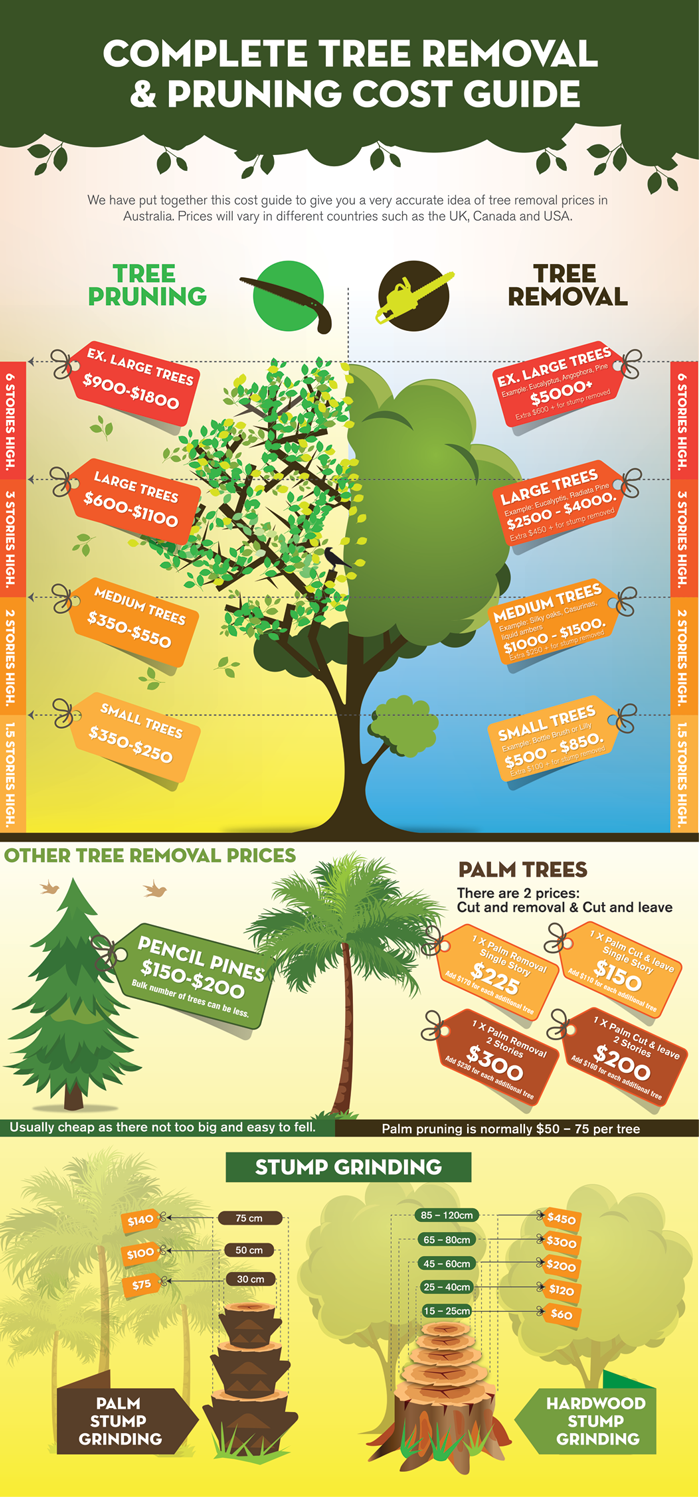Safeguarding Your Landscape: Replanting After Tree Removal
Safeguarding Your Landscape: Replanting After Tree Removal
Blog Article
Web Content Composed By-Donovan Upton
Tree removal can leave a gap in your landscape that needs dental filling. You can plant something brand-new because area, but it takes additional treatment and attention at the beginning to aid it flourish.
The soil because location will certainly keep changing with time as bacteria break down the old roots. That can impact the nutrition equilibrium and physical area for brand-new growth.
Dirt
The dirt in a story where a tree has actually been removed is most likely to be really various from the rest of your yard or lawn. The origins of the old tree and the stump will have changed the dirt, getting rid of some nutrients and perhaps crowding out various other plants. In addition, if the previous tree was infected, the contagious representative may still be in the ground.
The presence of roots fosters an abundant and diverse area of dirt microorganisms that improves important processes like nutrition biking and raw material disintegration. Without these bacteria, the displaced dirt can become much less fertile and nutrient-depleted, with a negative influence on plant development.
Before replanting, the soil must be eliminated of debris and organic material (such as timber chips from stump grinding). You may want to mix in potting dirt or native dust with this compost to supply your new planting with an atmosphere that is well balanced and filled with nutrients.
Water
Tree roots soak up large quantities of water from the dirt. This procedure additionally adds nutrients back to the soil, specifically nitrogen, which is crucial for brand-new trees and plants. However, old dirt can be depleted of these vital minerals due to the rotting origins and stump from a gotten rid of tree.
This is why it is very important to have a prepare for the future of your landscape. Ideally, the very best time to plant is when you have a clean slate.
Whether you're growing grass or blossoms, make sure to utilize a soaker hose to prevent overwatering your new landscaping. If the area was a yard, ensure to cover the soil with natural mulch to help maintain wetness in the soil, regulate soil temperatures and suppress weeds. This also provides a layer of security for young plants and advertises worm activity. Then, frequently renew the mulch to continue boosting the dirt nutrient density and microbial life. maintennace is referred to as dirt restoration.
Light
Trees are a wonderful addition to any kind of landscape, supplying shade, visual pulchritude, and numerous other benefits. Nonetheless, often trees become unsightly as a result of a range of reasons, including condition, pest problems and natural aging.
In such cases, it might be necessary to eliminate a tree. It is essential to consider the value of a specific tree in your landscape design and take the proper actions to guarantee that the elimination is done securely and efficiently.
During the late summertime, it's an optimal time to do upkeep and inspections on existing trees. Search for indications of disease, insect invasions, or structural damage, along with any possible threats such as weakened or leaning trees.
Before beginning any construction projects, make sure to safeguard the origin zones of existing trees by staying clear of soil compaction and rating around them. Organic matter, as it breaks down, can produce toxic gases that are detrimental to the origins of a tree. It's additionally a great idea to mulch the location around a tree after building and construction has finished to conserve wetness and suppress weed growth.
Temperature level
Trees are essential to a landscape for their visual allure, yet they additionally play a crucial role in the neighborhood ecological community by giving shade and windbreaks. They sustain wild animals environments and minimize the amount of carbon dioxide in the air, which can add to international warming. This is why it is suggested to replant trees after removing one from the property.
When replanting a new tree in the place of a previous stump, the dirt may not have enough nutrients to sustain it. growth garden is best to await a year before growing to guarantee that the soil will be rich in nutrients.
To make sure that replanted trees thrive, it is critical to supply them with appropriate care. A layer of compost will maintain soil dampness from evaporating, regulate dirt temperature, and aid subdue weeds. Organic mulch is the preferred selection since it boosts dirt fertility. Ongoing fertilization and insect control are likewise essential for replanted trees.